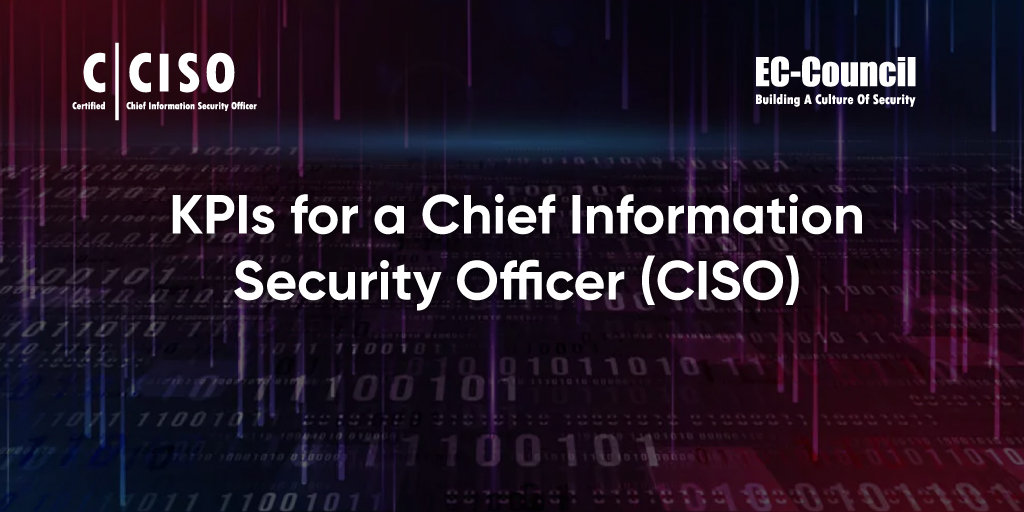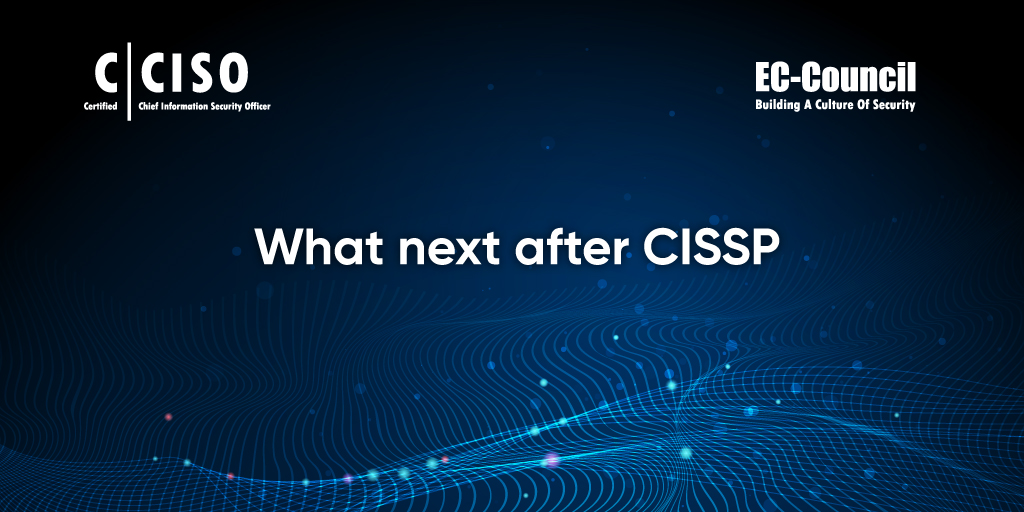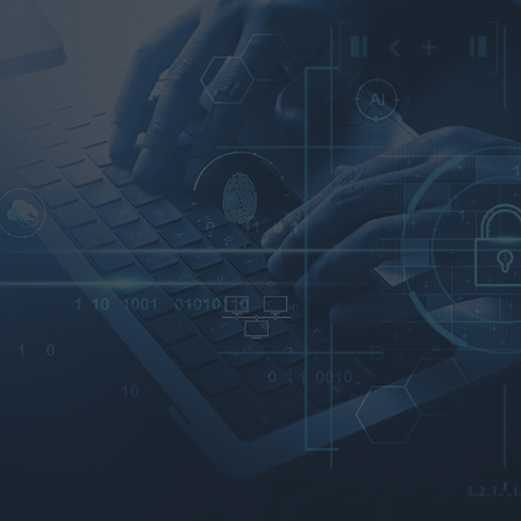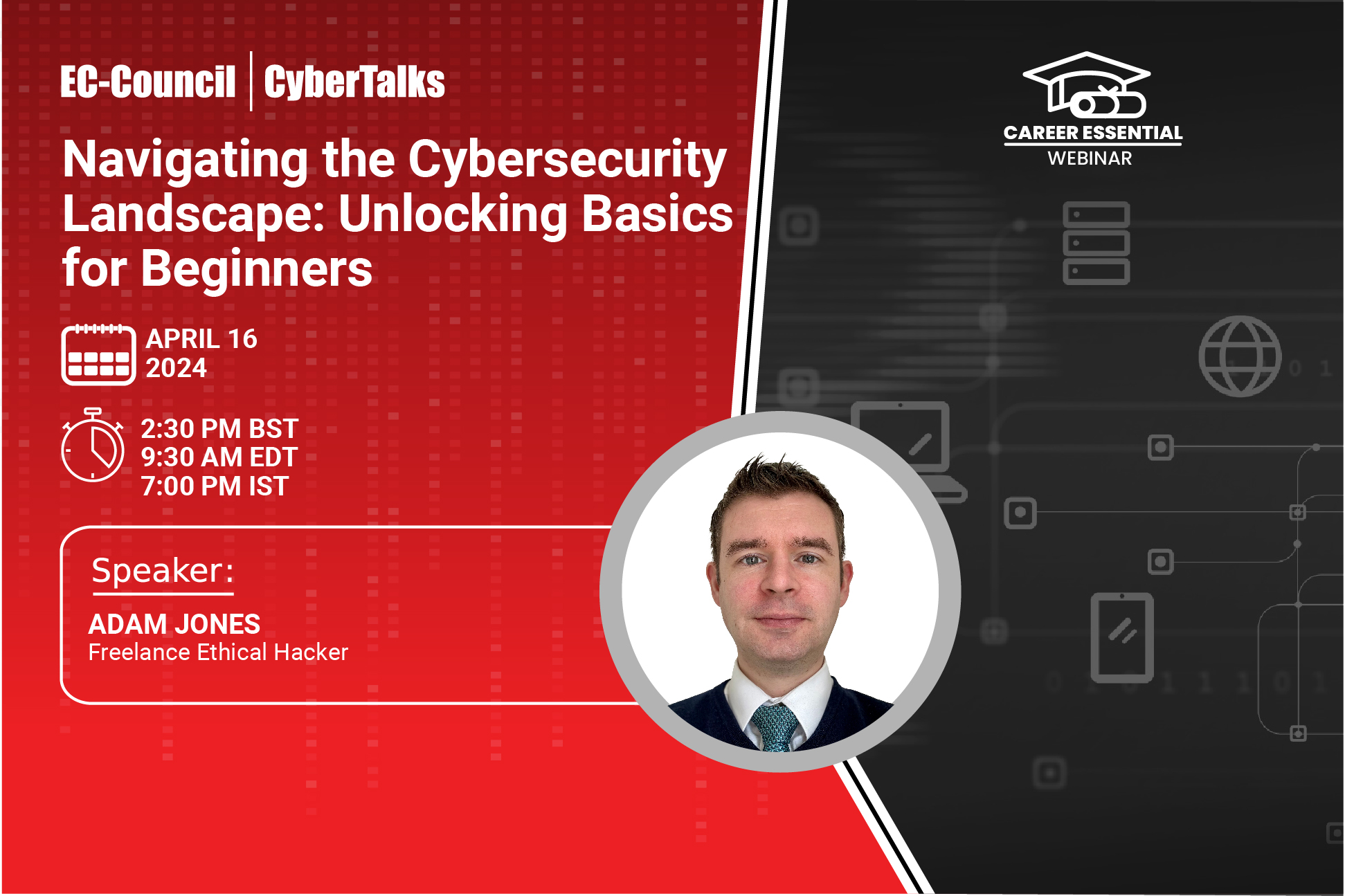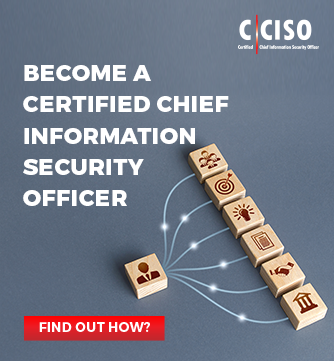A Chief Information Security Officer (CISO) must track key performance indicators (KPIs) to ensure the organization’s cybersecurity posture is effective. KPIs are important to a CISO because they provide a way to measure progress and identify areas of improvement. By tracking KPIs, a CISO can ensure they’re constantly improving their organization’s security posture. Additionally, KPIs can help a CISO identify trends and data patterns that may indicate an impending security incident. Without KPIs, a CISO cannot determine whether a security program is performing the way it should.
Here we will discuss what a CISO does and the most important KPIs they track.
What Is a CISO?
A CISO, who serves at the top of the security hierarchy, is responsible for creating and putting security policies and plans that secure an organization’s information assets. The CISO works with senior executives to understand the organization’s business goals and objectives and develop security policies and procedures that align with those goals. They are also responsible for ensuring that the organization’s information assets are protected from unauthorized access, use, disclosure, or destruction (Cortiss, 2022).
In today’s world, a CISO is an essential member of every organization that conducts business online or uses computers as databases. Cybercrimes occur almost daily, and new security issues and hacking techniques are constantly developing.
Key Roles and KPIs for CISOs
Here are some of the most important key roles that all CISOs must fulfill.
End-to-End IT Security Operations
End-to-end IT security operation is an essential role and KPI for CISOs. These operations cover all aspects of an organization’s IT security, from initial assessment and design through implementation and ongoing monitoring. CISOs must understand end-to-end security operations thoroughly to protect their organizations’ data effectively.
Organizations today face numerous threats to their data, both internal and external. CISOs must be able to identify and assess these threats and implement controls to mitigate them. They must also devise a plan to respond to incidents should they occur.
Stakeholder Onboarding
This process should start with identifying and selecting individuals to be involved in the security program and then orienting them to their roles and responsibilities. The goal is to ensure everyone understands their part in keeping the organization safe and secure.
The CISO must carefully select the right mix of stakeholders, as they will play a vital role in shaping the security program. They should be chosen based on their ability to influence others, knowledge of the organization, and commitment to its safety. Once selected, it’s important to orient them to their new roles and explain their expectations.
Compliance
CISOs are critical in ensuring compliance with data security and privacy regulations. They’re responsible for developing, implementing, and maintaining organizational policies and procedures related to data security and privacy. They also work closely with other members of the organization’s senior management team to ensure that data security and privacy concerns are considered in all decision-making processes.
In recent years, compliance as a key performance indicator (KPI) for CISOs has been under scrutiny due to the growing number of data breaches and privacy violations, despite organizations’ best efforts to protect their data.
Managing Responses to Cybersecurity Incidents
An incident response plan is a critical part of a CISO’s toolkit. There are a few key components of an effective incident response plan:
- Identification of what constitutes an incident
- A process for reporting incidents
- Investigation and containment procedures
- Recovery plans
- Communication plans
A CISO must be familiar with all aspects of their organization’s incident response plan to manage incident responses effectively. They should also ensure the plan is regularly reviewed and updated, as the threat landscape is constantly changing.
The Return on Investment
Many might think the finances of a company would be the sole responsibility of the chief financial officer and their team. However, the CISO is also responsible for returns on any investments in information security. This is a crucial benchmark for a CISO. They’re responsible for the organization gaining value from new security technology investments and security policies while keeping costs down. They must also maintain a productive department — which in financial terms means valuable — and a training program worth investing in (CISO-Portal, 2021).
Performing Business Impact Analysis
While CISOs are responsible for security, they also must consider the financial impact on the business if a cyberattack occurs. An estimated recovery budget should be put in place to prepare for the potential financial impact of the attack. The actual cost should be equal to or less than the budgeted total and include direct costs, indirect costs, and possible fines (Castellan).
Levels of Satisfaction among the IT Security Staff
One key metric CISOs can use to gauge security team effectiveness is IT security staff job satisfaction. IT security personnel who are happy at their jobs are more likely to be engaged in their work and invested in the organization’s success. Unhappy IT security staff tend to be less engaged in their work. Plus, they may take shortcuts or make mistakes that could risk the organization’s data.
How Security Key Performance Indicators Help Keep Data Secure
Another role of a CISO is to promote a culture of robust information security. Security key performance indicators help keep data and its environment secure. These KPIs can be used to evaluate employee compliance with the organization’s security standards. CISOs must also ensure that the company’s security standards are consistent with industry standards. Finally, they should know the company’s security compliance rate to help determine risk. When a business’s security is consistent, it’s easier to focus on its core business (Singla, 2022).
Expand Your Career with the C|CISO
If you’re considering expanding your career and becoming a CISO, then EC-Council’s Certified Chief Information Security Officer (C|CISO) program is a good choice. In addition to offering technical knowledge, C|CISO also equips you with the leadership skills necessary to get the job done efficiently. The more you understand C-suite leadership and responsibility, the better you’ll understand a company’s overall strategy and goals. The more knowledge you have, the more experience you can get, and the more you can progress.
Sources
CISO-Portal. (2021, January 1). What Are The Top CISO KPIs Must Use? https://www.ciso-portal.com/what-are-the-top-ciso-kpis-must-use/#The_Top_CISO_KPIs
Cortiss, D. (2023, January 11). How to Become a C-Suite Executive. Business News Daily: https://www.businessnewsdaily.com/career/how-to-become-an-executive
Singla, M. (2022, January 20). Top KPIs for Chief Information Officer. CULytics. https://culytics.com/blogs/top-kpis-for-chief-information-officer
Castellan. The Ultimate Guide to the Business Impact Analysis. https://castellanbc.com/business-impact-analysis/
About the Author
Ryan Clancy is a writer and blogger. With 5+ years of mechanical engineering experience, he’s passionate about all things engineering and tech. He also loves bringing engineering (especially mechanical) down to a level that everyone can understand. Ryan lives in New York City and writes about everything engineering and tech.


